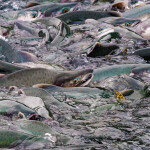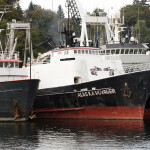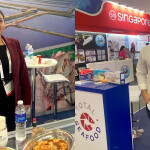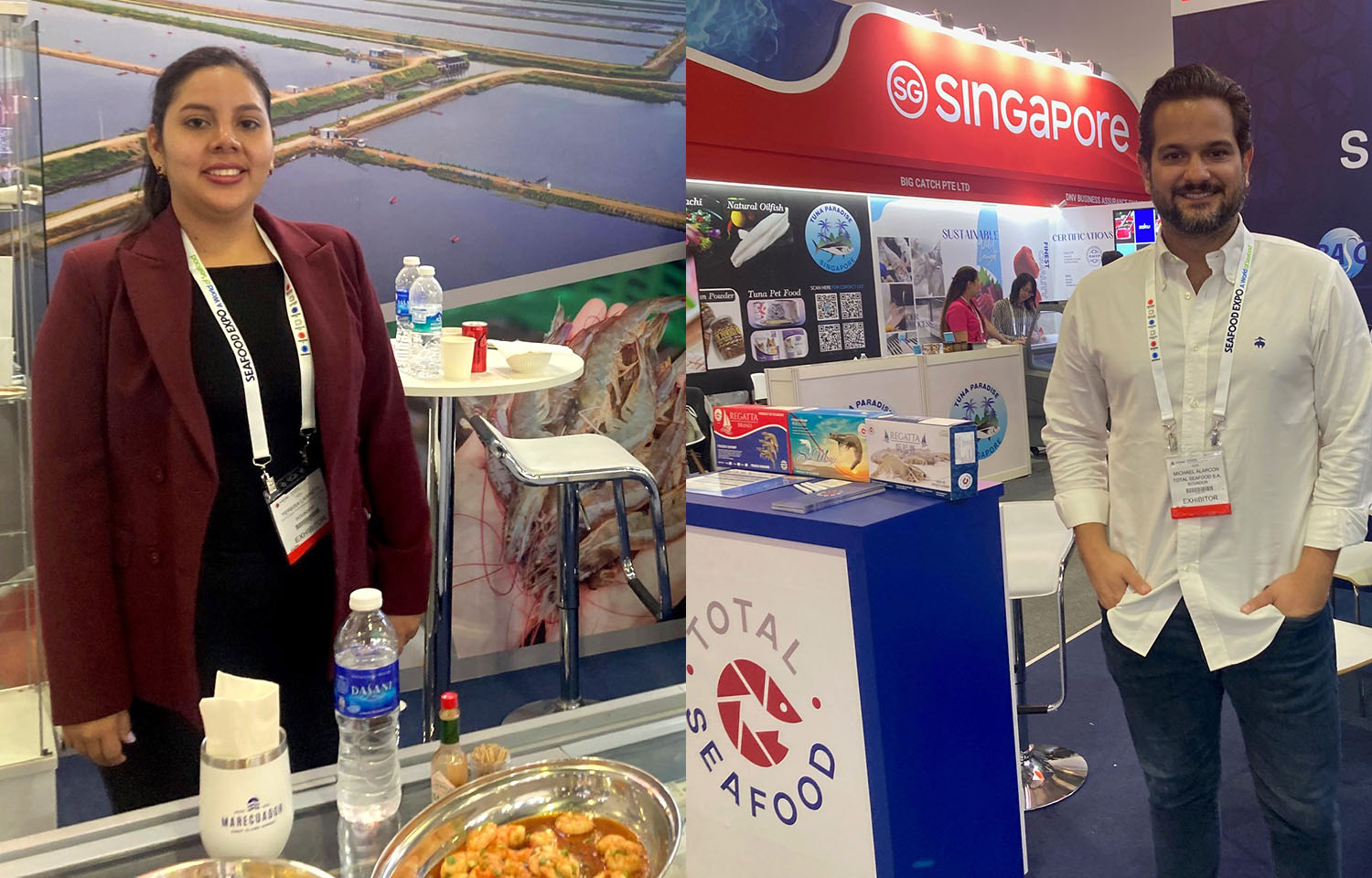Prices for Ecuadorian shrimp hit some of their lowest levels ever in June on weak demand, according to Total Seafood General Manager Michael Alarcón Arcentales.
Interviewed at the at the 2024 Seafood Expo Asia, which took place from 4 to 6 September in Singapore, Diosmar Sales Executive Teresa Larreta agreed prices were “very, very low” over the summer.
But, both Alarcón Arcentales and Larreta said year-end holiday buying has begun, pushing prices up USD 0.40 (EUR 0.36) per pound.
“We have an upcoming high-demand period over September and October for New Year's in the U.S., Europe, and then China. So, I think prices are on an upward trend,” Alarcón Arcentales told SeafoodSource.
Larreta agreed prices are rising after hitting their rock bottom in June.
“In the last month, it got more steady. We’re starting to see an increase in interest, especially from the Chinese market. They have started to buy for the Mid-Autumn Festival, National Day in October, and New Year is upcoming for them also. So, the price has increased,” Larreta said.
Guayaquil, Ecuador-based Diosmar is a group of companies involved in farming, processing, and exporting shrimp, with around 4,000 hectares of farms producing 120 million pounds of shrimp annually.
Total Seafood exports 160 containers of shrimp monthly, with 60 percent heading to China, 25 percent to the U.S., and 10 percent to Europe.
Between January and July 2024, Ecuador’s shrimp exports to China dropped 23 percent by value and 11 percent by volume year over year, and with Ecuador accounting for 75 percent of China’s shrimp imports, the ebbing demand has taken a toll on Ecuador’s shrimp industry.
“It’s very, very competitive,” Larreta said.
China’s seafood imports had been recovering after Covid-19, but a major decline began in February 2024, partially blamed on a broader downturn in the country’s economy. China's seafood imports dropped 11.7 percent year over year in the first half of 2024 to USD 8.5 billion (EUR 7.6 billion), according to data released by China Customs.
“For us and for all Ecuadorian companies, it makes a big difference what China does,” Larreta said. “Beyond being such an important market itself, it definitely defines the behavior of the prices worldwide.”
Larreta said Diosmar is working to grow its exports 20 percent in the next few years, and the company’s long-term bullish outlook for China is an important factor in that decision. A new free trade deal between the two countries will help, and despite a mixed forecast in the medium term, China’s seafood imports are projected to reach USD 18 billion (EUR 16 billion) again in 2025, approaching the historical highs of 2022 and 2023, They’re set to grow by 5 to 6 percent through 2028, slightly outpacing GDP growth and setting it on track to become the world’s top seafood importer by value, according to a Beijing Haiqiao Marketing report.
Between China’s white-spot controls, its Covid import restrictions, and, more recently, challenges around metabisulfites, selling into China has taken on a higher degree of uncertainty, according to both Larreta and Alarcón Arcentales.
“It is always a challenge, but we have to comply with whatever authority of any market requires. The key thing is that clear rules are set. Once we know how to deal with those rules, we're ready to comply with them,” Alarcón Arcentales said. “There’s always a shakeup in the market when these situations begin because they come all of a sudden and it's not very clear how to follow the rules. But, once everything is cleared up, we can manage it.”
For Total Seafood, the metabisulfite situation has been resolved after implementing a wider set of procedures and parameters for testing of its product.
“We now ...








